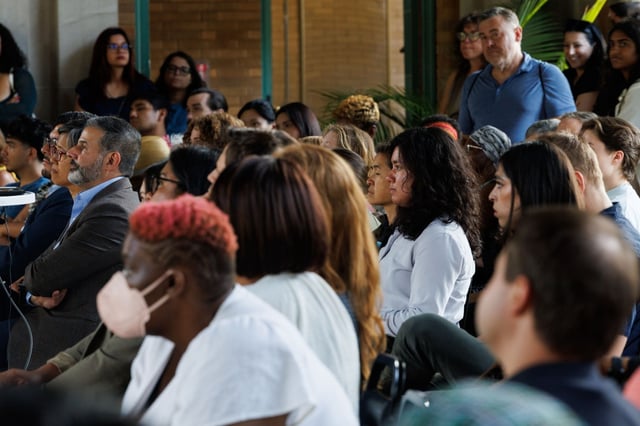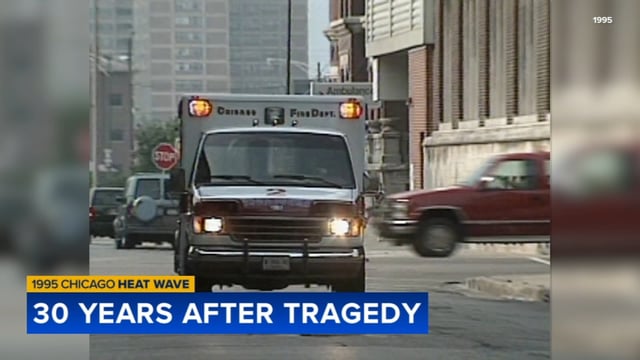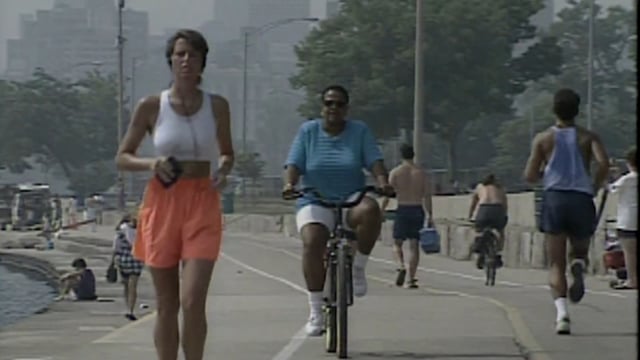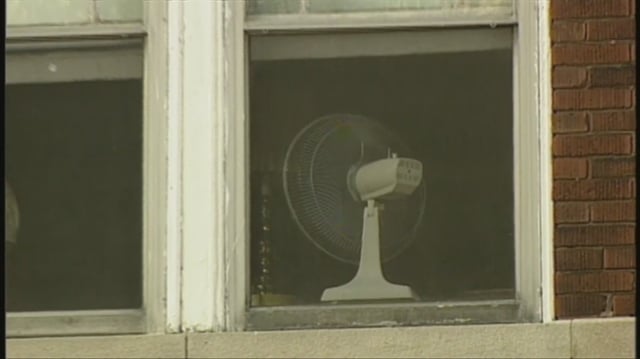Overview
- Community groups and city officials gathered July 11–15 outside Quinn Chapel AME Church, unveiling a public art installation, screening the PBS documentary Cooked: Survival by Zip Code and hosting panel discussions on lessons from 1995.
- The People’s Response Network urged round-the-clock operation of cooling centers, deployment of air-conditioned CTA buses to senior homes and unhoused encampments, and targeted wellness checks in high-risk neighborhoods.
- Chicago’s Department of Emergency Management & Communications introduced a heat vulnerability index developed with Northwestern University to direct resources to historically underserved South and West Side communities.
- NOAA-sponsored research shows that historically redlined areas experience significantly higher temperatures, while high energy costs and holiday closures of public cooling sites continue to limit relief options.
- Organizers warned that as climate change drives more frequent and intense heat waves, Chicago must close operational gaps in its heat-response strategies to protect elderly and marginalized residents.



